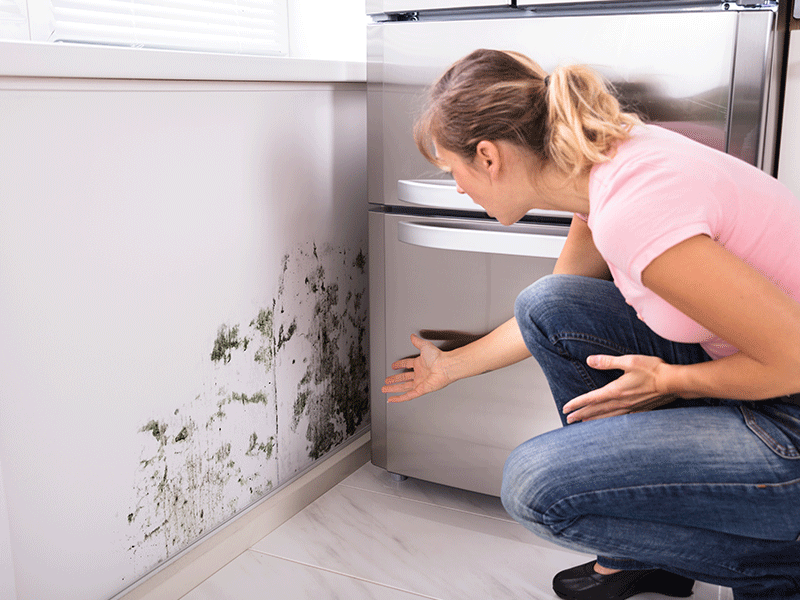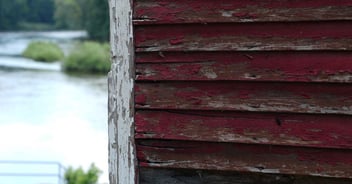When you discover mold in your home, you may wonder if your homeowner’s insurance will cover the repairs and mitigation of the damages. It depends on the source of the mold. If the mold came from plumbing or weather, it is likely you are covered, but damage from flooding or neglect is not covered.
Covered
Your insurance is likely to cover you if something is sudden or accidental, that is not flooding.
- A pipe bursting and mold sets in before you can have repairs made.
- A hose behind your dishwasher that is not old begins leaking.
- Ice dams forming on top of your roof that cause water to back up into your home and creating mold.
- There was a fire in your home and mold grew as a result of the water used to put out the fire.
Not Covered
When it comes to mold and water damage, there are more things that will not be covered than will be. The insurance company expects you to notice something like a leak that leads to mold sooner than later, so if something happens as a result of what they consider to be negligence, it is not covered.
- A pipe freezes and bursts in your basement and you do not discover it for a week or two.
- You have mold as a result of flooding, but your policy does not cover flood damage. Most policies do not include it, flood insurance has to be purchased separately.
- Mold forms in your shower and you do not notice it right away.
- The old, broken shingles on your roof cause a leak that leads to mold.
Preventing Mold
Mold can grow easily in any humid environment, and once it sets in, it is difficult and expensive to remove. There are some preventative measures you can take to avoid mold damage from anything other than a sudden and unexpected issue.
- Keep your humidity levels before 50 percent.
- Routinely check for signs of moisture.
- When you have water damage, the first 48 hours are critical to preventing mold growth, so begin drying everything out right away.
- Use exhaust fans when using something that creates moisture, like dishwashing and cooking, and use the fans in your bathroom when the shower is running.
- Add mold inhibitors to paint.
- Fix plumbing issues as soon as they arise.
- Use steel-enforced hoses.
- Look for sources of condensation as soon as you notice them.
· Use mitigation measures to prevent your pipes from freezing and bursting.
Conclusion
One of the most difficult parts of filing a mold claim with your homeowner’s insurance is proving the source of the mold, and that it did not begin to grow as a result of neglect on your end. If you have a mold insurance claim, contact a public adjuster. Public adjusters have expertise in handling insurance claims, so they can advocate on your behalf and help prove to your insurance company that the mold damage is caused by something your policy covers.




 Storm Damage
Storm Damage  Property Damage
Property Damage Appraisal Services
Appraisal Services Contact Us
Contact Us




.jpg)
 claims@ucspa.com
claims@ucspa.com Mon-Fri: 9:00am-5:00pm
Mon-Fri: 9:00am-5:00pm